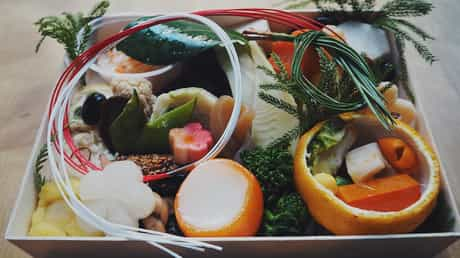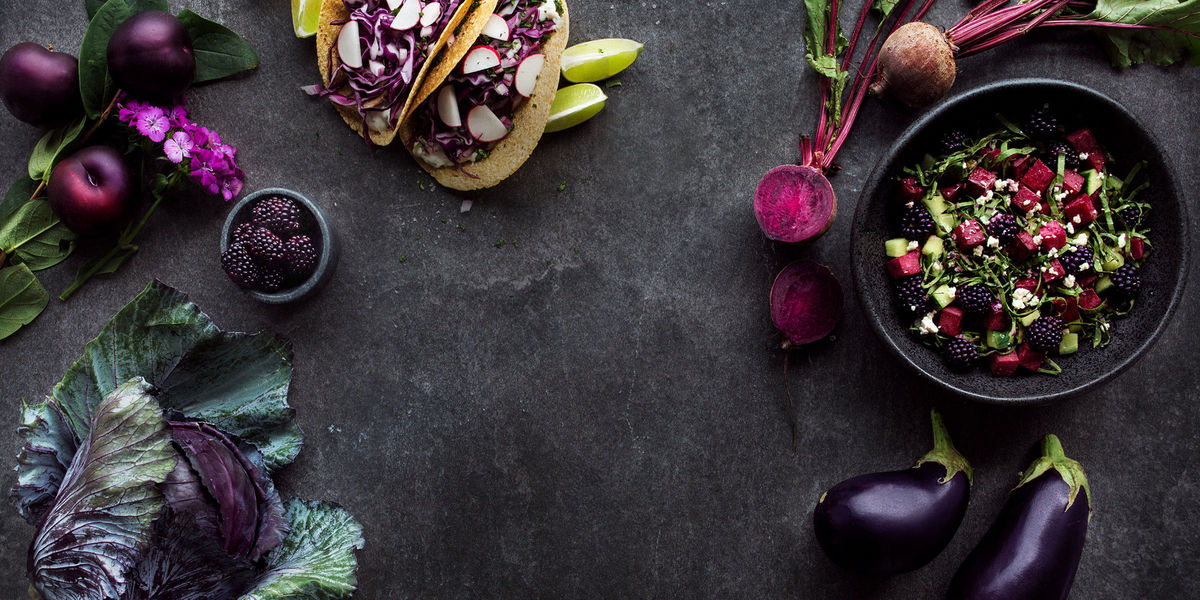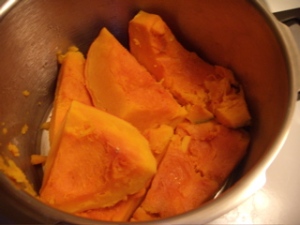
from Kajitsu offered for takeout via Caviar
Here’s a list of a couple of our favorite neighborhood spots (mostly vegan) in New York City. Many are offering take-out or may come back for dine-in/pop-up in the future! We miss creative places like Ube Kitchen, by Chef Vanz and Nick, that closed during the pandemic and hope they return in some form in the future. In the mean time, I recommend these local places that are still in business.
Kajitsu — A special occasion restaurant with serene minimalist decor, featuring seasonal Shojin Ryori-style cuisine served with ceramics by master craftspeople. “Shojin cuisine refers to a type of vegetarian cooking that originates in Zen Buddhism… haute cuisine… a multi-course meal in which fresh, seasonal ingredients are prepared…” Ippodo, a Japanese tea shop (based in Kyoto) offering tastings, wonderful matcha tea drinks and other fine teas, is located one floor down.

Hangawi — Healthy Korean food with beautiful, simple presentation served in a warmly-lit environment, where diners sit on cushions on the floor. Reservations are recommended when dine-in is available at this popular restaurant.

Delice and Sarrasin — A family-owned, small French restaurant on a charming West Village street, specializing in delicious crepes. We recommend sticking to simple classics like the savory, satisfying steak frites and sweet crepes. Shout out to our friend Mathilde, who introduced us to this restaurant years ago when she was studying at NYU law.
Superiority Burger — A tiny East Village eatery offering US American comfort foods by James Beard award-winning Chef Brooks Headley. We love the sandwich called “New Creation” made with yuba and delicious vegan “cheese” and crispy sliced pickles. (It’s like a vegan Philly cheesesteak!) There’s also a branch in Tokyo, Japan! Shout out to our friend Agnes C., who introduced us to SB years ago when she was working at the NYT food section!
Check restaurant websites for special hours before visiting and ordering.
More:
Inexpensive eats — NYC (Vegetarian-friendly)
Please support your favorite vegan/vegetarian-friendly places by sharing their names in the comments section below!
Happy New Year 2021! Be safe and well!






